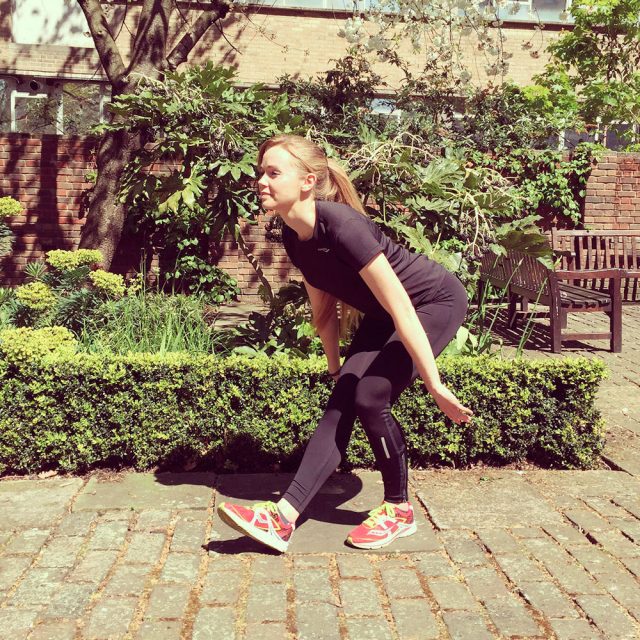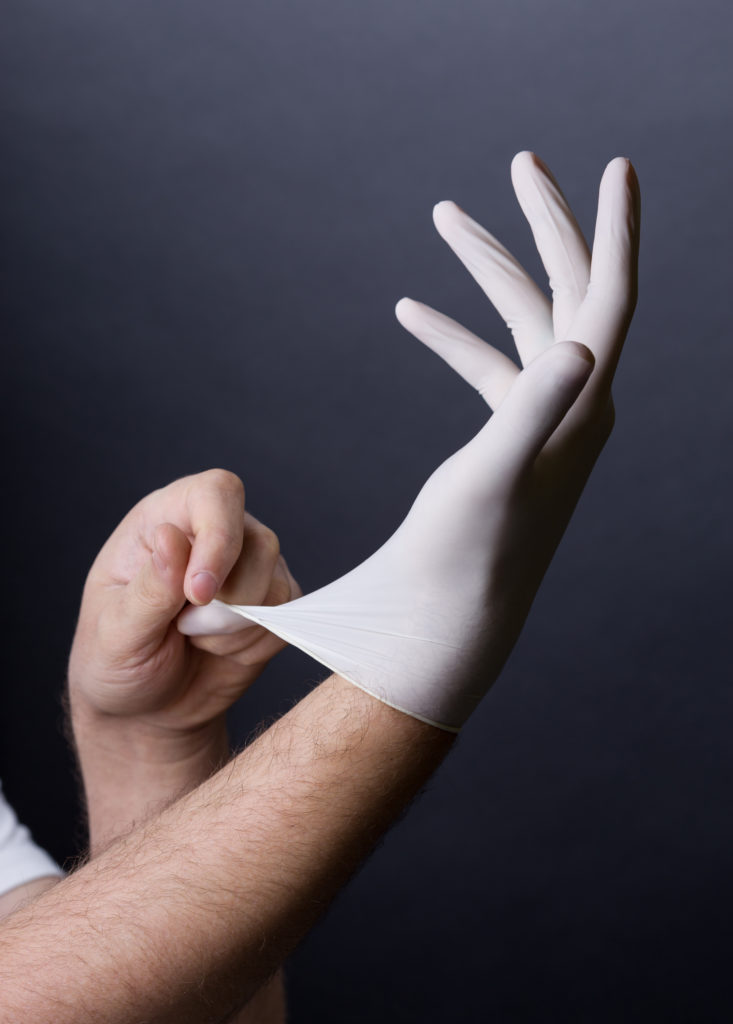

What if I choose not to have a stretch and sweep You can choose to wait for labour to start on its own, if you prefer. Take two paracetamol tablets if the contractions are too uncomfortable. your membranes have already ruptured (your water has broken) This is a good sign and means that the prostaglandin hormone has been released.
Stretch and sweep professional#
Your healthcare professional will sweep your cervix with. Some women shouldn’t have a stretch and sweep.ĭoctors won’t usually perform a stretch and sweep if: Membrane sweep - also known as a stretch and sweep, this is much like an internal examination.

But if a stretch and sweep doesn’t prove successful, a doctor may make further recommendations for inducing labor, depending on how far along you are and the health of you and your baby. The contractions are thought to “ripen” the cervix, or cause the cervix to soften so that a baby can more easily pass through the birth canal.ĭoctors intend for a stretch and sweep to stimulate labor within 48 hours. This includes contractions of the uterus that can lead to labor. A stretch and sweep is not an induction rather, its an equipment-free, drug-free way to coax someone already in late pregnancy into spontaneous labour. Prostaglandins are hormones that are associated with labor because they cause smooth muscle contractions. Watch our video to find out if it's safe do to a DIY membrane sweep at home.A membrane sweep is intended to stimulate the release of hormones known as prostaglandins. If you don't want a sweep and don't want your labour induced, you may prefer to try some natural ways to get labour started. Although there’s no guarantee it will start your labour, it does help some women avoid having their labour induced in more invasive ways.

If you don't want to have a sweep, you can decline the offer. You may be offered two or three membrane sweeps before your doctor or midwife suggests other ways for you to be induced. In Western countries, it is estimated that one-quarter of pregnant women have their labor medically. Inducing (starting) labor can be accomplished with pharmaceutical or non-pharmaceutical methods. If you've passed your due date, you should be offered a membrane sweep before other methods of induction. edit on Wikidata Labor induction is the process or treatment that stimulates childbirth and delivery. If this isn't your first baby, you should be offered a membrane sweep at your 41-week antenatal appointment. A stretch and sweep is one way of initiating labour and is considered a gentler, less invasive induction. Some midwives will offer a membrane sweep every 72 hours (three days). It is a procedure unique to pregnancy and labour.

If you're a first-time mum, you should be offered a membrane sweep at your antenatal appointments at 40 weeks and again at 41 weeks. You may experience some slight spotting of blood, cramps or irregular contractions immediately afterwards. If you've been practising breathing techniques ready for labour, you may find they help you to relax while your midwife is carrying out the sweep. If your waters have broken but labour hasn't started, membrane sweeps are not recommended as, in these circumstances, they can increase your risk of infection.Ī membrane sweep can be uncomfortable, as the cervix is often difficult to reach before your labour begins. Rest assured that a membrane sweep won't increase the risk of infection for you or your baby, as long as your waters haven’t broken. It has a higher chance of working if your cervix is already softening and preparing for labour. If your cervix then starts to soften and open, your midwife may be able to do a proper sweep at your next appointment.Ī membrane sweep increases the likelihood that labour will start naturally within 48 hours. This stimulation may be enough to start the ripening of your cervix. The procedure may also be called a stretch and sweep, because if a sweep isn't possible, your midwife may still try to stretch or massage your cervix.


 0 kommentar(er)
0 kommentar(er)
